100+ Kafka Interview Questions and Answers for 2025
ProjectPro
JUNE 6, 2025
Your search for Apache Kafka interview questions ends right here! Let us now dive directly into the Apache Kafka interview questions and answers and help you get started with your Big Data interview preparation! What are topics in Apache Kafka? A stream of messages that belong to a particular category is called a topic in Kafka.



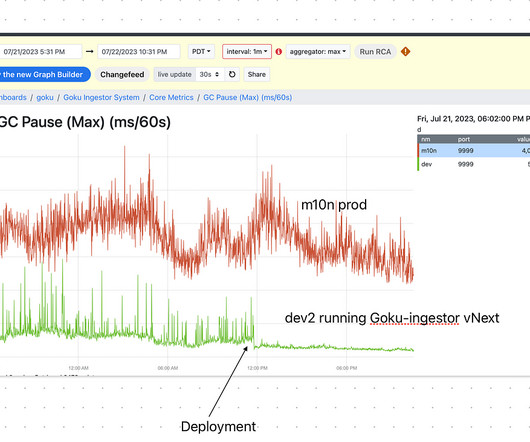






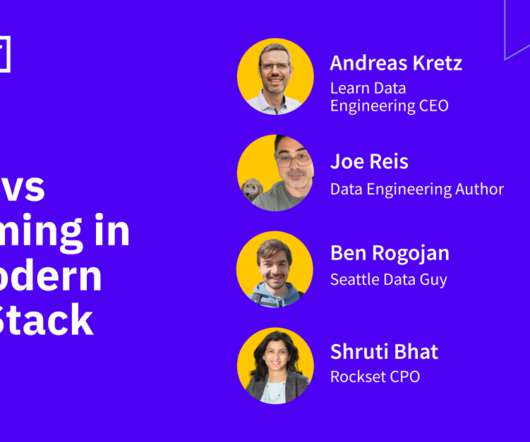

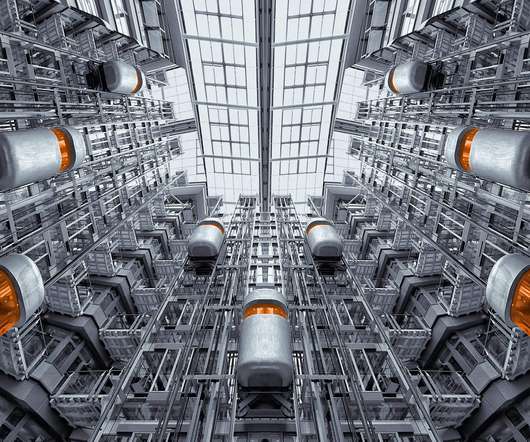

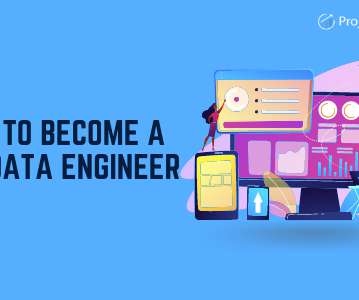
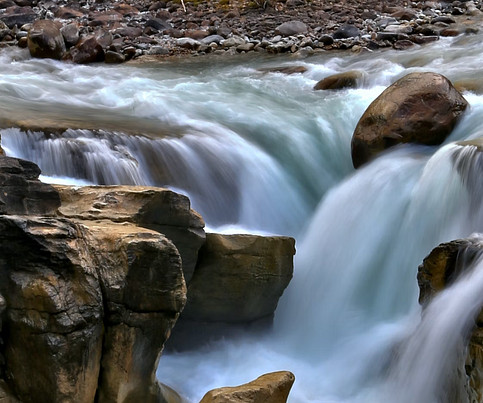
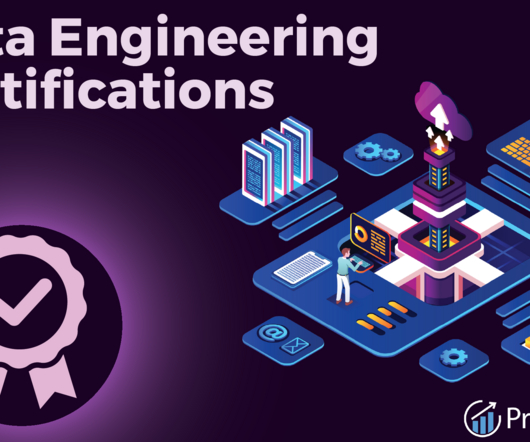







Let's personalize your content